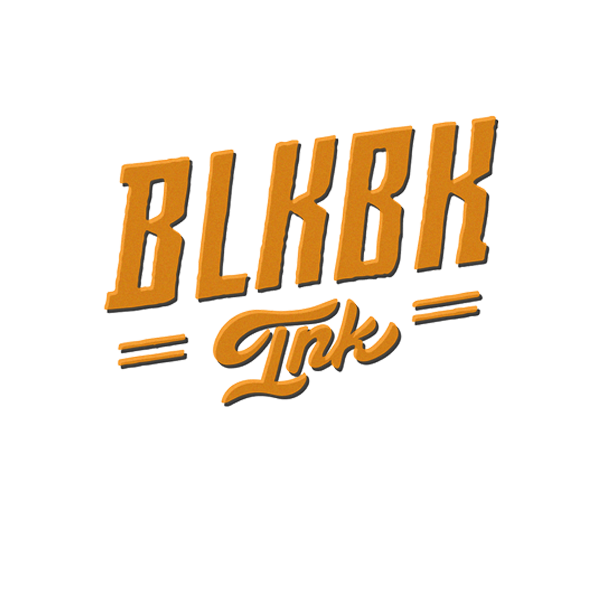How growing literacy in the Middle Ages changed the way we use letters
Charlemagne’s empire brought sweeping changes to western Europe, kick-starting a movement towards popular literacy and mass communication that would play out over the next seven hundred years. As much as Carolingian minuscule was created to extend the influence of Christianity across western Europe, it also extended the influence Charlemagne across broad sectors of society, from religion, to education, to economics. As the Middle Ages progressed, this influence would change the role of literacy in society and, therefore, the types and tools of textual interaction.
Alcuin’s typeface had worked. Literacy, carried by clear and precise reproductions of the Vulgate bible, had spread among the clergy across the empire. The empire’s people soon rediscovered the benefits of a literate culture. Besides commissioning Carolingian minuscule, Charlemagne had created a cadre of literate legal experts, called scabini, to assist local administrators in applying the empire’s rule. Written laws—and people able to interpret and apply them—gave written contracts a universality and permanence able to secure agreements with strangers, opening opportunities beyond any agreement sealed with a kiss. Written contracts flourished in popularity.

The church at the time had an uneasy relationship with commerce—Jesus in the gospel stories had, after all, thrown moneylenders out of the temple—and Charlemagne, crowned by the Roman church, was uneasy with the role clergy found interpreting contracts. So he banned it. With the bulk of the literate-class excluded from commerce, the following centuries saw the rise of a secular literate-class commensurate with economic growth. Driven into a virtuous cycle by its undeniable utility, literacy spread from its religious islands, and demand for written works pressed the ability of monastic book binders and scribes to provide.
As scribes hustled, they innovated. In northern France and the Low Countries—roughly today’s Belgium and The Netherlands—Carolingian minuscule began to evolve. Carolingian minuscule boasted excellent legibility, but it was slow to write. By the 11th century, scribes were producing more angular lines from faster hands. Over the next century, this would evolve into a distinct type, Blackletter, which was also more compact than Carolingian minuscule, a boon to bookmakers in a time when the predominant writing material was prohibitively expensive.

Parchment was made from animal skins through a labour-intensive, time-consuming process. It was, however, durable in Europe’s damp climate and provided an excellent writing surface. But a profound improvement on parchment made its way to Europe from Asia: paper. Adopted by the expansive Abbisat Caliphate in the 8th century, which spread its making through the middle east and northern Africa, it took almost four centuries for paper production to reach Islamic Iberia, where Europe’s first paper mill was established in Valencia. Paper never promised the longevity of parchment, but it was cheaper and easier to mass-produce, bound better into books, and was more accepting of diverse writing instruments.
This last advantage proved critical when a way to reproduce pages found a similar path from China to Europe. Woodblock printing had been practised in China and Korea since the 7th century. By the 13th century, these methods had wound their way across Eurasia to Europe, originally as a way to print images onto fabric.

It still took two hundred years for European woodblock printing to meet European paper, at which point the quality of printed books soon demonstrated the relative merits of paper over parchment. To make these, craftsmen carved wood to form, each block to print an entire page at a time. Paper was then laid on each block, and ink transferred by rubbing—a method that precluded printing both sides of the page. Blank sides of pages, then, were glued together to create a complete-looking codex when bound. Carving a block of wood to print a page took definite skill and artistry, but once a block was carved, it was set, and could reproduce the same page thousands of times over.
For all the strength of this innovation, it was soon superseded by a better mid-15th century invention; one that shook European civilization, rocked its established religion, upended its linguistic hierarchy, spread new ideas to millions, and created—for the first time ever—fonts.
To keep up with future issues of Letters, join our mailing list.
